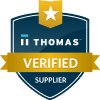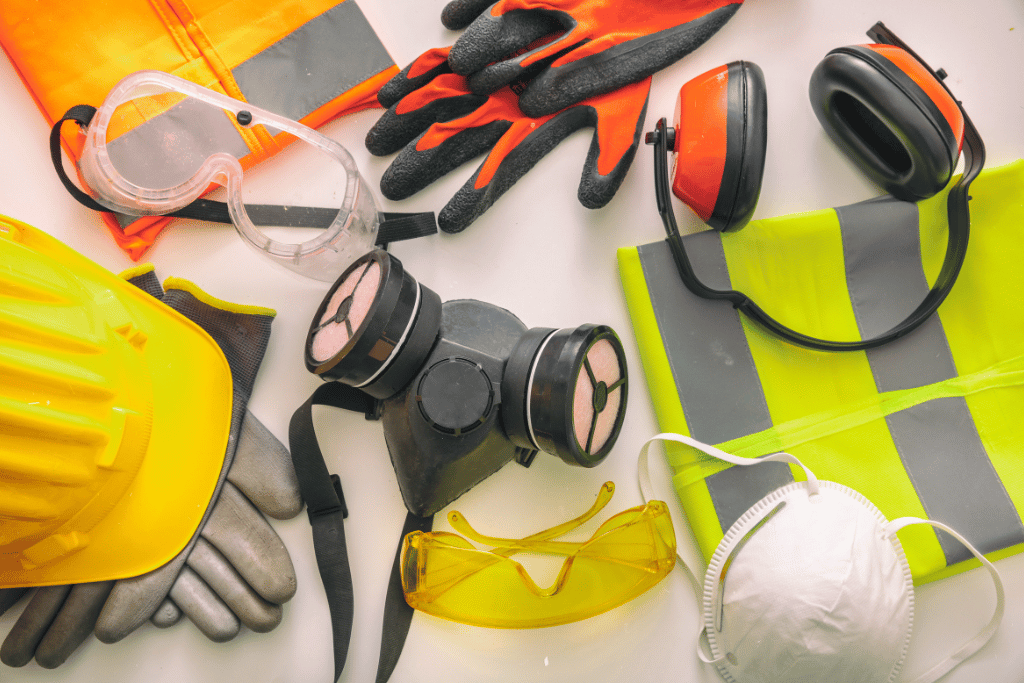Personal protective equipment must protect, fit, and endure long hours of use. Off-the-shelf parts sometimes fall short, forcing workers to adapt gear that was never shaped for them. Custom safety equipment molding closes that gap by tailoring every curve, seal, and attachment point to the real-world demands of each application. The result is PPE plastic equipment that performs better, lasts longer, and feels more comfortable.
What Custom Molding Means for PPE
Custom molding starts with precise digital models of the finished part and the corresponding steel or aluminum tool. Engineers adjust gate location, wall thickness, and knit-line orientation around the part’s stress zones, then validate the design in simulation before cutting metal. By the first production run, the molded component already reflects the customer’s unique size, airflow, or chemical-resistance requirements.
Common Performance Challenges Solved by Tailored Parts
- Poor fit that leaves gaps for dust or pathogens
- Excess weight that strains neck and shoulder muscles
- Incompatible materials that warp under disinfectants or extreme temperatures
Custom molding addresses each issue by selecting the right resin, reinforcing where needed, and integrating features that eliminate extra fasteners or seals.
Key Advantages of Custom Safety Equipment Molding
- Precision sealing – Contour-matched edges reduce leakage around respirators and face shields.
- Integrated functionality – Filter seats, strap anchors, and gasket channels form in one shot, removing secondary assembly that can loosen during service.
- Material optimization – Polycarbonate, TPE, or advanced blended resins are chosen only where each property is required, lowering overall weight without sacrificing strength.
- Branding and traceability – Customer logos or encoded part numbers are molded directly into the surface for quick identification and lot tracking.
Real-World Examples
A healthcare supplier replaced a two-piece visor frame with a single custom-molded part, saving twenty percent in assembly time and improving field durability. An industrial safety firm specified a soft-touch TPE seal co-molded to a rigid polypropylene shell; worker fit-test pass rates rose from eighty-two to ninety-six percent.
Working with Experienced Plastics Manufacturers
Not every molder is equipped for medical-grade environments or multi-material over-molding. When choosing a partner
- Verify ISO 13485 or equivalent quality certifications
- Review in-house tool-making capability for quick engineering changes
- Confirm access to scientific molding equipment that monitors cavity pressure and temperature
Proven plastics manufacturers shorten development cycles and ensure that performance gains achieved in prototype carry through to mass production.
Future Trends in Custom PPE Molding
Additionally, manufactured conformal-cooling inserts are reducing cycle time for complex respirator bodies. Digital work-cell data now links each molded part to its exact cavity-pressure signature, giving quality teams traceability straight to the tool cavity. Recycled high-impact grades with built-in antimicrobial additives are entering production, combining sustainability with user protection.
When safety and comfort cannot rely on generic solutions, custom safety equipment molding delivers PPE plastic equipment that meets the highest performance expectations. From fit and airflow to strength and longevity, tailored plastic components keep frontline workers better protected and more productive. To explore custom molding options for your next PPE program, contact Hansen Plastics Corporation for material selection, tool design, and pilot production support.



